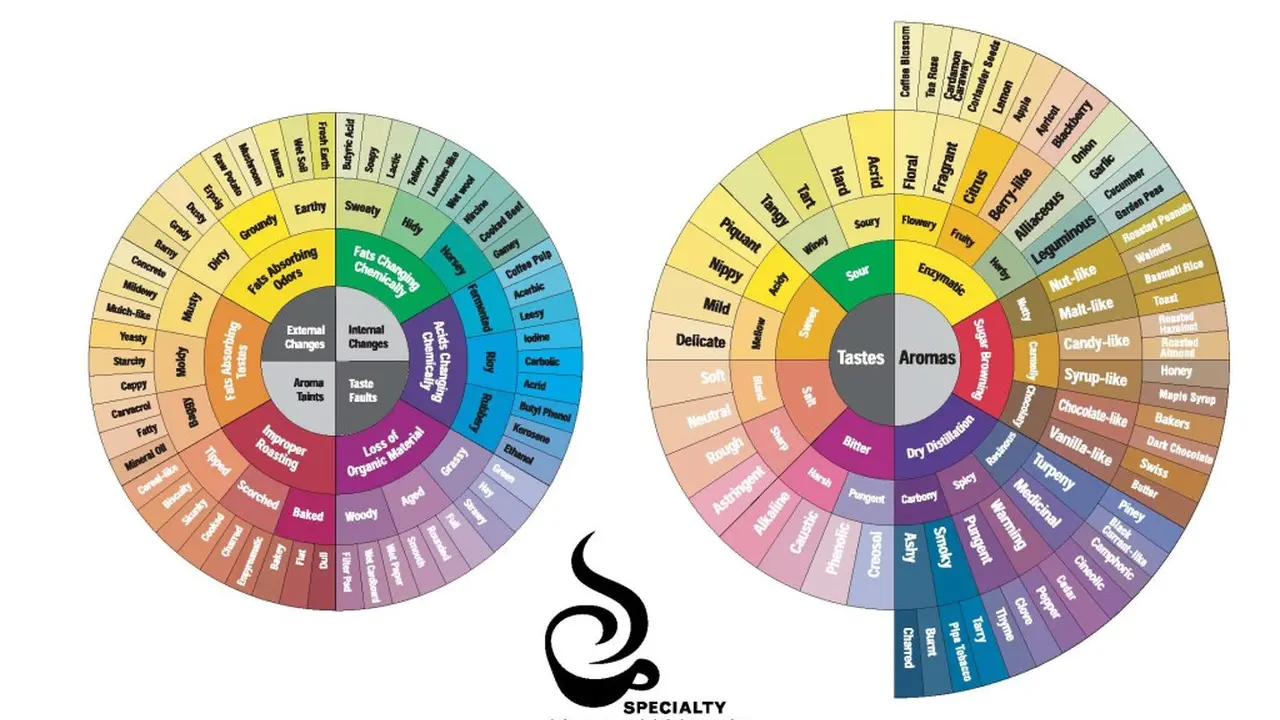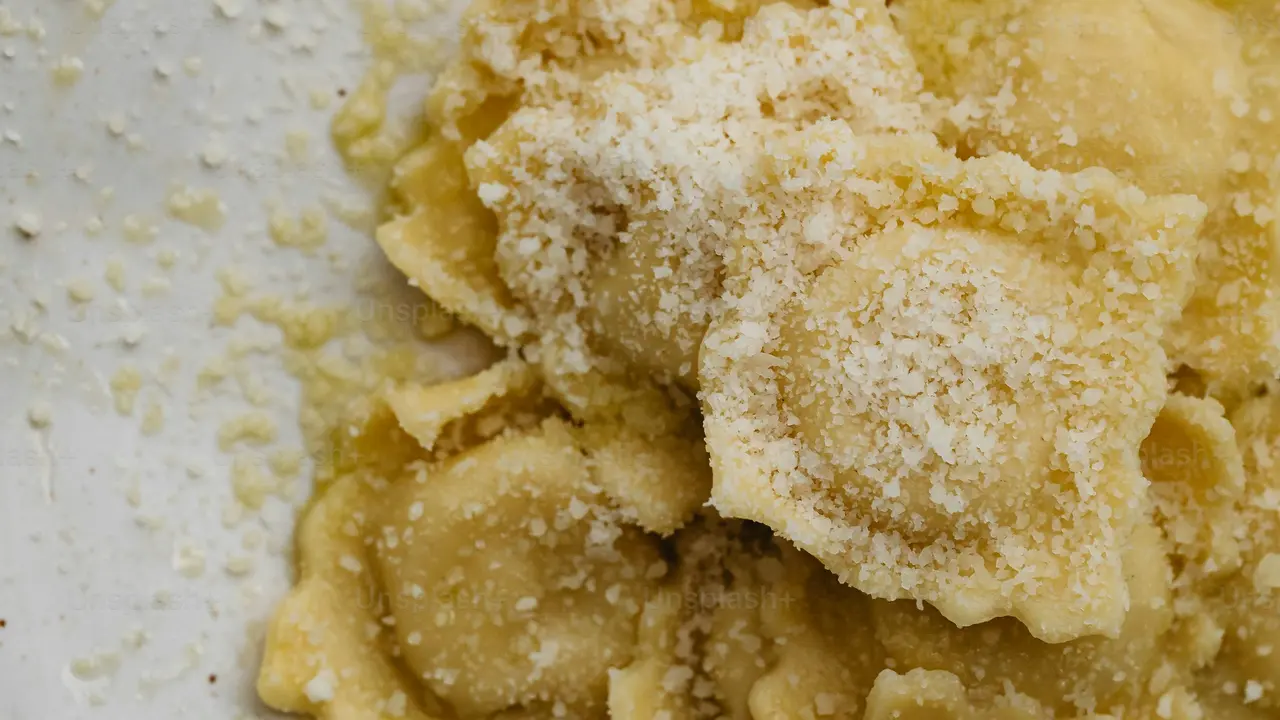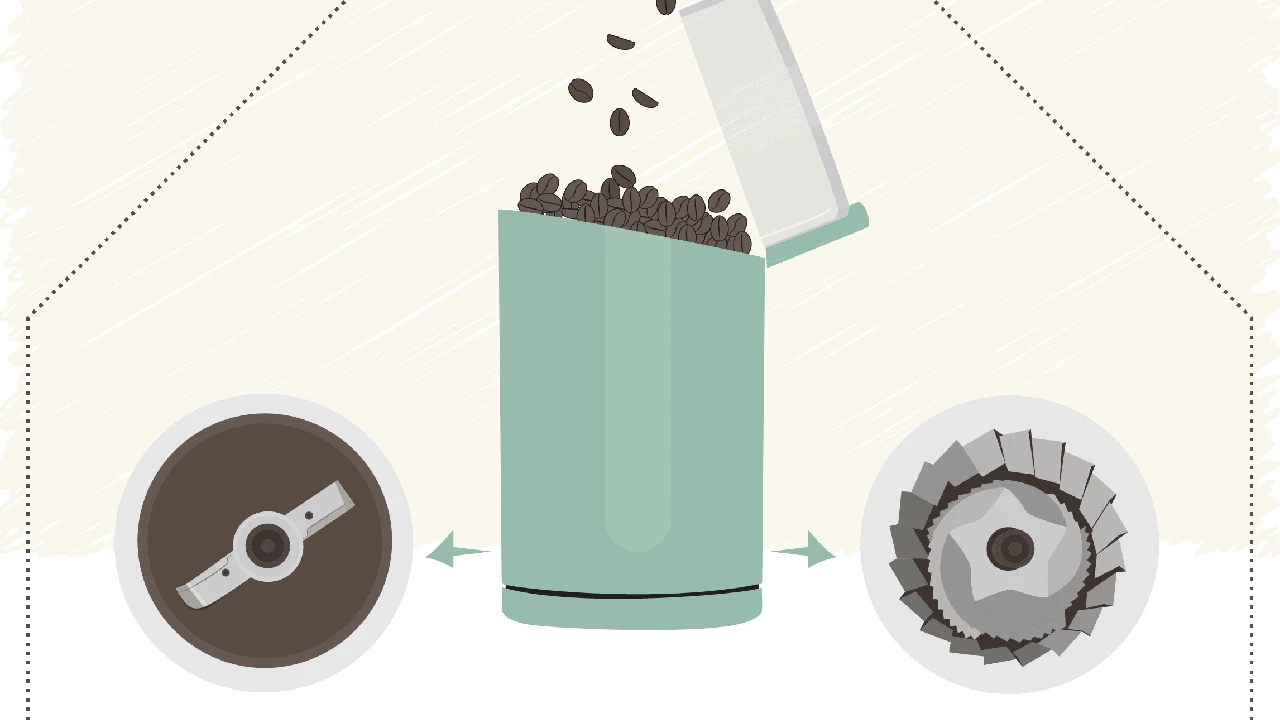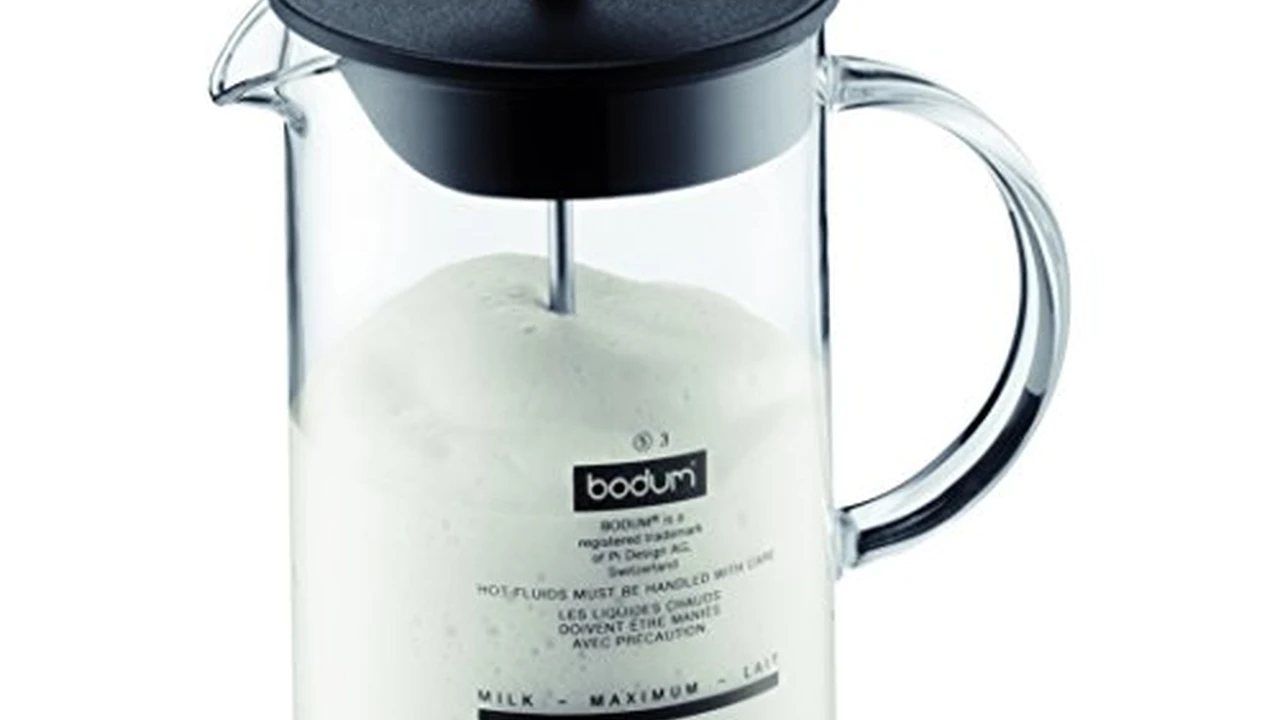The Art of Coffee Tasting: How to Appreciate Coffee's Nuances

Coffee pod machines offer unparalleled convenience, but how does the coffee quality compare? We weigh the pros and cons of pod machines, considering ease of use, cost, and environmental impact. Make an informed decision.
The Allure of Coffee Pod Machines: Unmatched Convenience
Let's face it, mornings are hectic. The primary reason people gravitate towards coffee pod machines like Nespresso or Keurig is their sheer convenience. Imagine this: you're running late, but you need that caffeine kick. With a pod machine, it's as simple as popping in a pod, pressing a button, and *voila*, a cup of coffee is ready in under a minute. No grinding, no measuring, no messy cleanup. This ease of use makes them perfect for busy professionals, small offices, or anyone who values a quick and effortless coffee routine. They are also great for making single servings, avoiding wasted coffee.
Quality Compromises? Exploring the Coffee Pod Landscape
While convenience reigns supreme, the question of coffee quality often arises. Compared to freshly ground beans brewed using traditional methods like pour-over, French press, or even a high-end drip machine, coffee pods generally offer a slightly less nuanced and complex flavor profile. This is primarily due to a few factors:
- Stale Coffee: Pre-ground coffee in pods can lose its freshness and aroma more quickly than freshly ground beans. While manufacturers try to mitigate this with airtight packaging, some degradation is inevitable.
- Grind Size: The grind size in coffee pods is often a compromise, designed to work optimally across a variety of pod machines. This may not be the ideal grind size for extracting the best flavor from that particular coffee.
- Limited Variety: While the variety of coffee pods has expanded significantly over the years, the selection is still limited compared to the vast world of whole bean coffee. You might not find that obscure Ethiopian Yirgacheffe you've been craving in pod form.
- Plastic Concerns: The plastic or aluminum used in some coffee pods raises environmental concerns, although many companies are now offering recyclable or compostable options.
Cost Analysis: Pod Machines vs Traditional Brewing
The initial investment in a coffee pod machine is often lower than that of a high-quality traditional brewing setup. However, the long-term cost per cup can be significantly higher. Coffee pods typically cost between $0.50 and $1.00 each, depending on the brand and blend. In contrast, freshly ground beans can cost as little as $0.20-$0.30 per cup. Over time, the higher cost of pods can add up, making traditional brewing a more economical option for regular coffee drinkers. Consider this: a daily $1 pod coffee can easily turn into $365 a year. Also, many pod machines are proprietary, meaning they only work with specific brands of pods, limiting your choices and potentially driving up costs.
Environmental Impact: Addressing the Pod Problem
The environmental impact of coffee pods is a significant concern, with billions of pods ending up in landfills each year. The plastic and aluminum used in many pods are not easily biodegradable. However, the industry is responding to this challenge with more sustainable alternatives. Several companies now offer recyclable or compostable pods, made from materials like plant-based plastics or biodegradable paper. Nespresso, for instance, has a recycling program for its aluminum pods. Keurig also offers recyclable K-Cups. As consumers, we can make a conscious effort to choose these eco-friendly options and participate in recycling programs to minimize our environmental footprint. Alternatively, reusable pods can be filled with your own ground coffee, offering the convenience of a pod machine with the sustainability of traditional brewing. Furthermore, consider the energy consumption of your machine. Some pod machines consume a significant amount of energy, even when idle. Look for energy-efficient models or unplug your machine when not in use.
Top Coffee Pod Machines: A Detailed Comparison
Let’s dive into some specific coffee pod machines, comparing their features, strengths, and weaknesses.
Nespresso Vertuo Plus: The Espresso Expert (Around $150-$200)
Pros: Nespresso is renowned for its espresso quality and crema. The Vertuo Plus uses "centrifusion" technology to spin the pod and extract a richer, more flavorful espresso. It offers a wide variety of coffee and espresso blends, with a focus on intense, aromatic profiles. The machine is sleek and stylish, with a compact footprint. Nespresso also offers a convenient recycling program for its aluminum pods.
Cons: Nespresso machines are proprietary, meaning they only work with Nespresso pods. This limits your coffee choices. The Vertuo Plus uses larger VertuoLine pods, which are not compatible with original Nespresso machines. The cost per cup can be relatively high.
Best for: Espresso lovers who appreciate a consistent, high-quality espresso experience and are willing to pay a premium for convenience and brand reputation.
Ideal Use Case: Small apartments, home offices, or individuals who enjoy a daily espresso or cappuccino.
Keurig K-Elite: The Versatile Brewer (Around $130-$180)
Pros: Keurig offers unmatched versatility, brewing everything from coffee and tea to hot chocolate and iced beverages. The K-Elite features a strong brew button for a bolder coffee flavor, as well as temperature control and a hot water option. It's compatible with a wide range of K-Cup pods, offering a vast selection of coffee brands and blends. Keurig also offers a reusable K-Cup filter, allowing you to brew your own ground coffee.
Cons: Coffee quality is generally considered to be lower than that of Nespresso. The machine can be noisy during operation. The K-Cup system has faced criticism for its environmental impact, although Keurig now offers recyclable K-Cups.
Best for: Households or offices with diverse beverage preferences. The K-Elite is a great all-in-one solution for brewing a variety of hot and cold drinks quickly and easily.
Ideal Use Case: Office break rooms, homes with multiple coffee drinkers, or anyone who enjoys a variety of hot beverages.
Lavazza A Modo Mio Jolie: The Budget-Friendly Option (Around $80-$120)
Pros: Lavazza A Modo Mio Jolie is a more affordable pod machine that still delivers a decent espresso experience. It's compact and easy to use, with a simple one-button operation. Lavazza offers a variety of coffee blends specifically designed for its A Modo Mio system.
Cons: Coffee quality is generally considered to be lower than that of Nespresso. The machine is limited to brewing espresso only. The pod selection is smaller than that of Nespresso or Keurig.
Best for: Budget-conscious consumers who want a convenient espresso machine without breaking the bank. The Jolie is a good option for occasional espresso drinkers.
Ideal Use Case: Small kitchens, dorm rooms, or individuals on a tight budget.
Caffitaly S22: The Multi-Capsule Marvel (Around $100-$150)
Pros: The Caffitaly S22 stands out because it is designed to work with multiple capsule systems, including Caffitaly, Tchibo, and others depending on the region. This offers greater flexibility in terms of coffee choices. It typically features a simple interface and consistent brewing performance.
Cons: Availability can be limited depending on your location. The capsule systems it supports may not be as widely recognized or have as many flavor options as Nespresso or Keurig.
Best for: Coffee enthusiasts who enjoy experimenting with different coffee brands and capsule systems and don't want to be locked into a single proprietary system.
Ideal Use Case: Homes or offices where users have access to and prefer a diverse range of capsule systems.
Reusable Coffee Pods: The Sustainable Alternative (Around $10-$20 per pod)
Pros: Reusable coffee pods are a sustainable and cost-effective alternative to disposable pods. They allow you to use your own ground coffee, giving you complete control over the flavor and quality of your brew. They are compatible with most Keurig and Nespresso machines. They significantly reduce waste and environmental impact.
Cons: Requires more effort than using disposable pods, as you need to fill and clean the pod after each use. The coffee quality may vary depending on the grind size and coffee blend you use. Requires a separate coffee grinder if you prefer freshly ground beans.
Best for: Eco-conscious coffee drinkers who prioritize sustainability and want to save money on coffee pods. They are also ideal for those who prefer a wider variety of coffee blends than what is available in pre-packaged pods.
Ideal Use Case: Homes or offices where sustainability is a priority and users are willing to invest a little extra time in their coffee routine.
Beyond the Machine: Tips for Maximizing Coffee Pod Quality
Even with a pod machine, there are steps you can take to improve the quality of your brew:
- Choose High-Quality Pods: Opt for pods from reputable brands that use high-quality coffee beans and airtight packaging.
- Store Pods Properly: Store your pods in a cool, dark place to preserve their freshness and aroma.
- Descale Your Machine Regularly: Descaling removes mineral buildup that can affect the taste of your coffee and the performance of your machine. Follow the manufacturer's instructions for descaling.
- Experiment with Grind Size (for Reusable Pods): If using reusable pods, experiment with different grind sizes to find the optimal extraction for your coffee blend. A medium-fine grind is generally recommended.
- Use Filtered Water: Filtered water can improve the taste of your coffee by removing impurities and chlorine.
The Verdict: Are Coffee Pod Machines Right for You?
Coffee pod machines offer undeniable convenience, making them a great choice for busy individuals and households. However, they may not be the best option for coffee connoisseurs who prioritize maximum flavor and are willing to invest more time in their brewing routine. Consider your priorities, budget, and environmental concerns when making your decision. If you value convenience above all else, a pod machine can be a lifesaver. If you're passionate about coffee and enjoy the ritual of traditional brewing, you may find that a more manual method offers a more rewarding experience. And if you're concerned about the environmental impact of pods, explore sustainable alternatives like reusable pods or recyclable options. Ultimately, the best coffee brewing method is the one that best suits your individual needs and preferences.
:max_bytes(150000):strip_icc()/277019-baked-pork-chops-with-cream-of-mushroom-soup-DDMFS-beauty-4x3-BG-7505-5762b731cf30447d9cbbbbbf387beafa.jpg)






